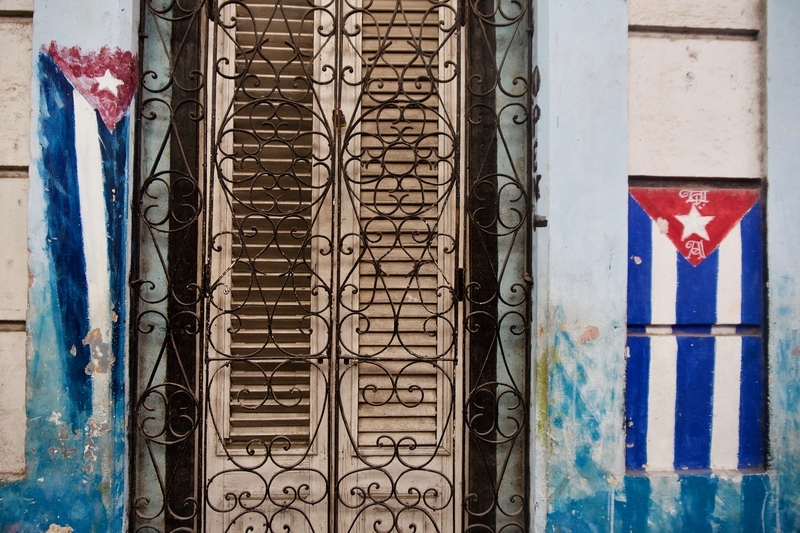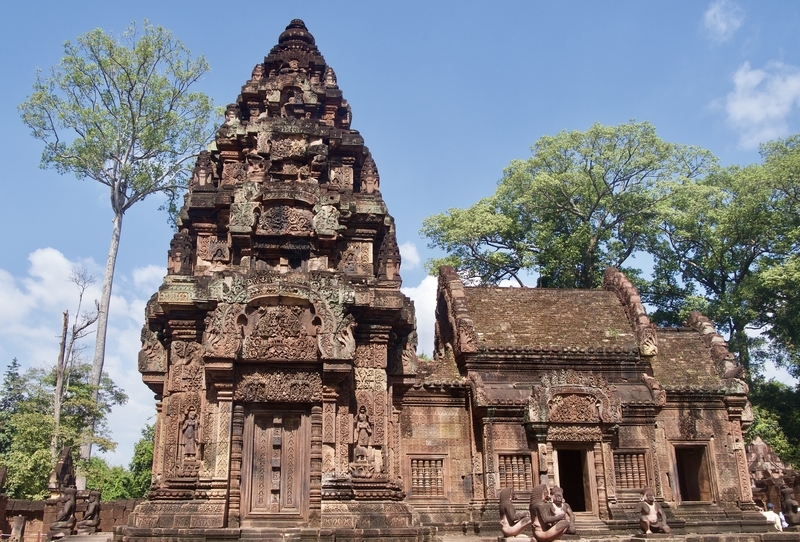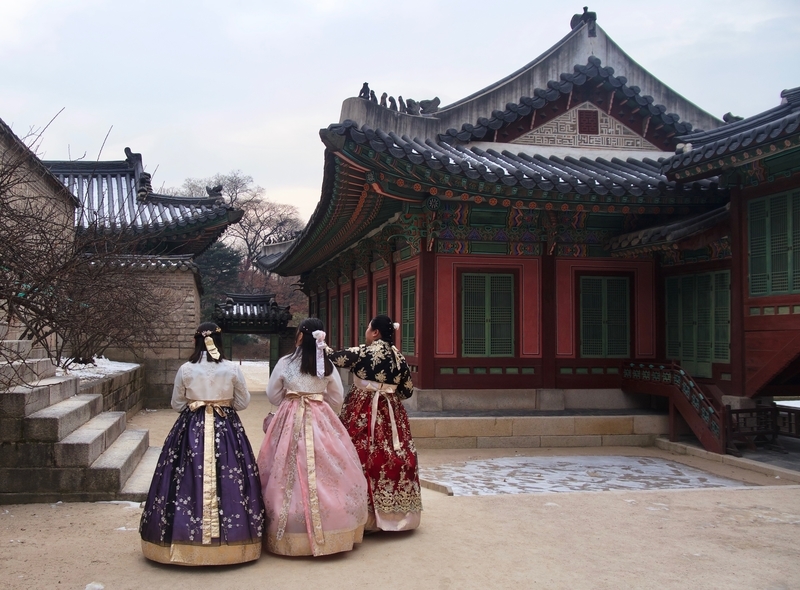
Seoul in Winter: Two Chilly Days in South Korea’s Capital
After a week in Cambodia’s sweltering tropical heat, Seoul’s winter weather hit me like a slap in the face. I had bundled in layers from head to toe and braced myself for freezing temperatures, but nothing quite prepared me for the rush of cold air that met me as I stepped off the plane at the Incheon International Airport. Temperatures hovered around ten degrees Farenheit and the fierce wind sliced at my bones.
It was a stark reminder that we were no longer in the tropics. And that winter in Seoul is cold. Much colder than we had realized.
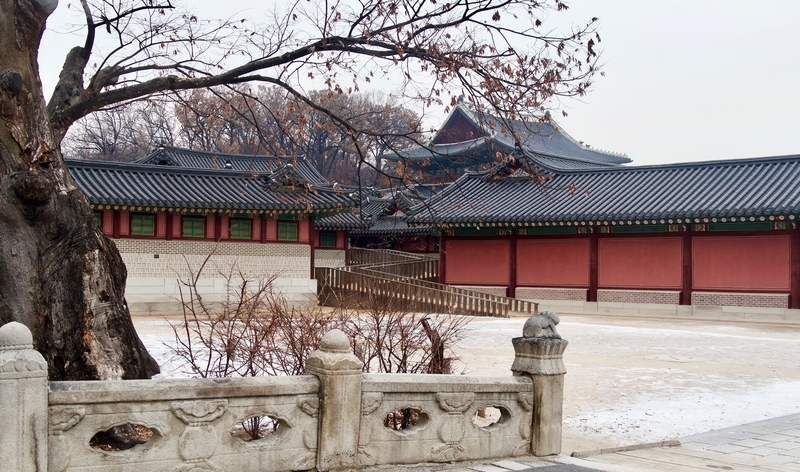
And yet, though visiting Seoul in winter meant that South Korea welcomed us with a chilly hello, the city captivated us with its royal palaces, its lively teahouses, its quiet retreats and its delicious food.
TWO DAYS IN SEOUL: WINTER EDITION
What we found–upon landing in Seoul–is a city that is modern, yet traditional. It is forward-looking and yet steeped in a culture that dates back thousands of years. Seoul has everything a tourist could dream of: good food, beautiful architecture, funky neighborhoods, bustling markets and access to the outdoors.
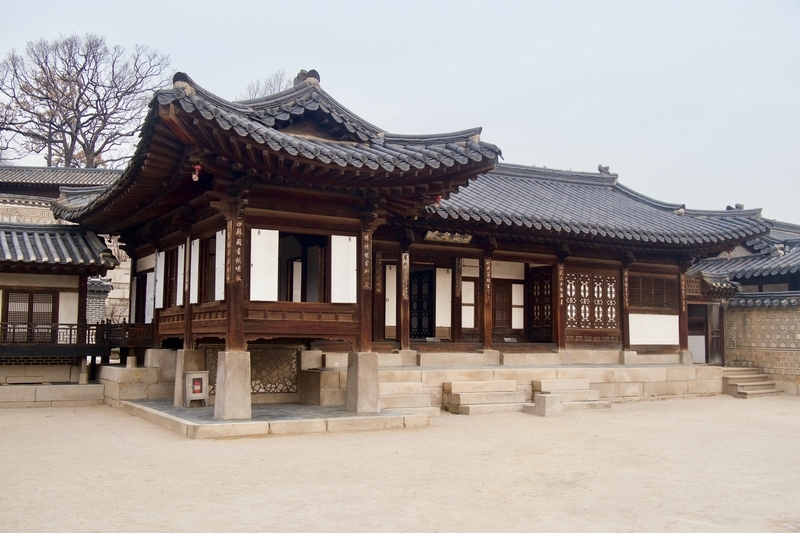
With two days in Seoul, I hit the ground running—careful, of course, not to slip on the ice. We reached Seoul in the early morning and took a direct bus from the Incheon Airport to downtown. Seoul’s bus network is comprehensive and efficient. Within two hours of landing, bus #6015 brought us from the airport to the GS Hotel. The GS Hotel in Seoul is lovely—boasting clean rooms, a central location, affordable prices and much-needed heated floors.
PLACES TO VISIT ON A TWO DAY SEOUL ITINERARY
After settling in and bundling up, we spent the afternoon exploring Seoul’s winter wonderland. Of course, as one of Asia’s most enigmatic and history-packed cities, our two day itinerary would only begin to uncover Seoul’s countless places to visit.
Still, we enjoyed a whirlwind visit to many of the city’s top attractions.
-
DONGDAEMUN MARKET
Our first stop was the Dongdaemun Market. There, we wandered through rows of brightly colored fabrics, sampled our way through food stalls selling mung bean pancakes and took temporary respite from the biting winds.
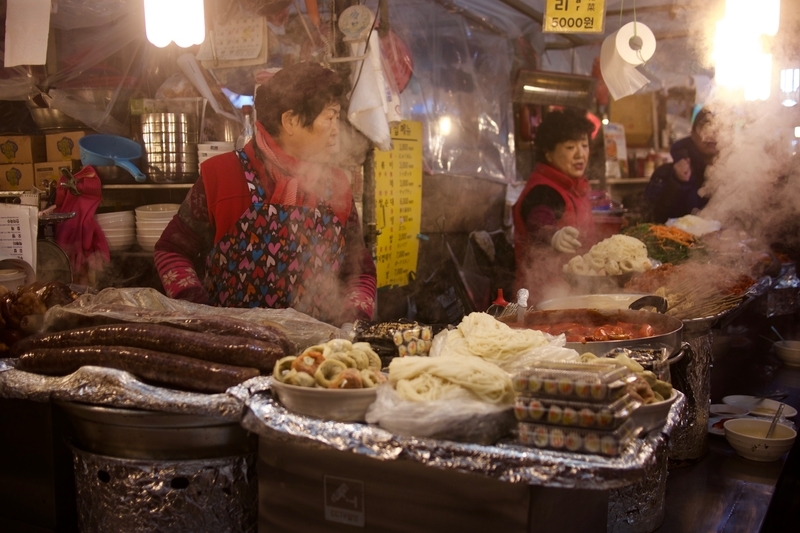
Dating back to 1905, the Dongdaemun Market is Korea’s largest wholesale and retail shopping district. With plenty of tasty food options and a plethora of vendors selling every clothing item imaginable, it was the perfect place to fill our stomachs and purchase some winter accessories.
-
CHANGDEOKGUNG PALACE AND GARDENS
From the Dongdaemun Market, we decided to brave the cold and explore the city’s nearby temples. Google Maps indicated that there was a temple nearby, so we walked over to the Changdeokgung Palace for a visit.
Changdeokgung was originally built in 1405 as a secondary palace, but when Gyeongbokgung (Seoul’s principal royal residence) was destroyed during the Japanese invasion in the 1590s, it became the country’s primary palace until 1872. It remained in use well into the 20th century.

Behind the palace, a separate entrance ticket allows access to the secret gardens of the Changdeokgung Palace. A tour of the gardens lasts approximately forty minutes. Visiting Seoul in winter meant that we had the gardens largely to ourselves.
In the secret garden, a network of trails lead past pavillions, frozen ponds and dense forest.
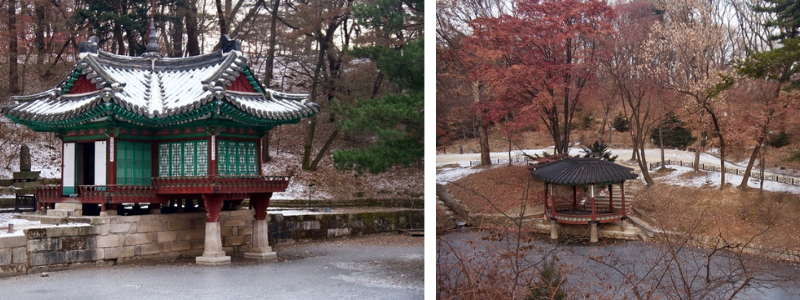
It is here, in this tranquil setting, that Joseon kings retreated, studied and wrote poetry. The secret gardens are serene and peaceful. I can imagine that in warmer seasons, these serene gardens are a perfect place to escape the chaos of city life.
Following a tour of the Changdeokgung Palace and Gardens, we debated squeezing in a visit to the famous Gyeongbokgung Palace. But since nightfall was fast approaching and our fingers and toes began to grow numb with cold, we postponed our visit and treated ourselves to a tantalizing meal of Korean barbecue instead.
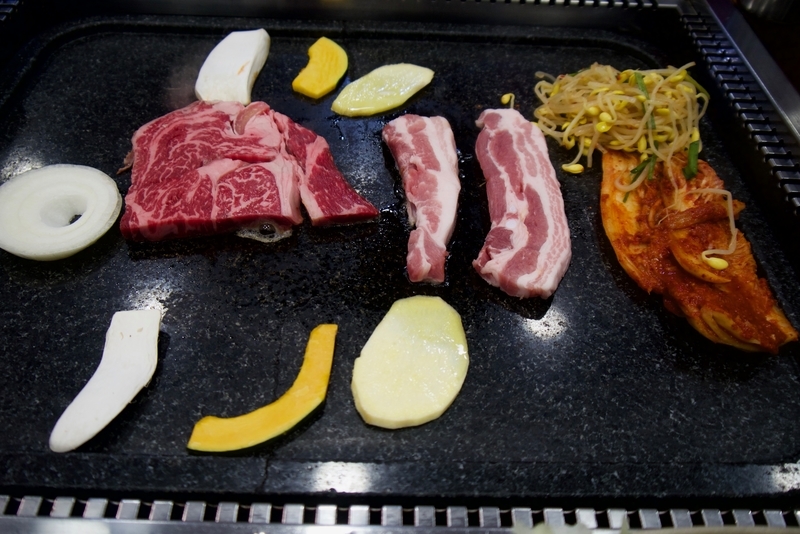
A hearty and satisfying choice after a half-day of walking through Seoul’s winter wonderland.
-
GYEONGBOKGUNG PALACE
On the following day–donning a whole collection of new layers that I had acquired in the markets of Seoul–I picked up where I left off. My first stop was Gyeongbokgung, where I narrowly missed the 10am changing of the guards ceremony.
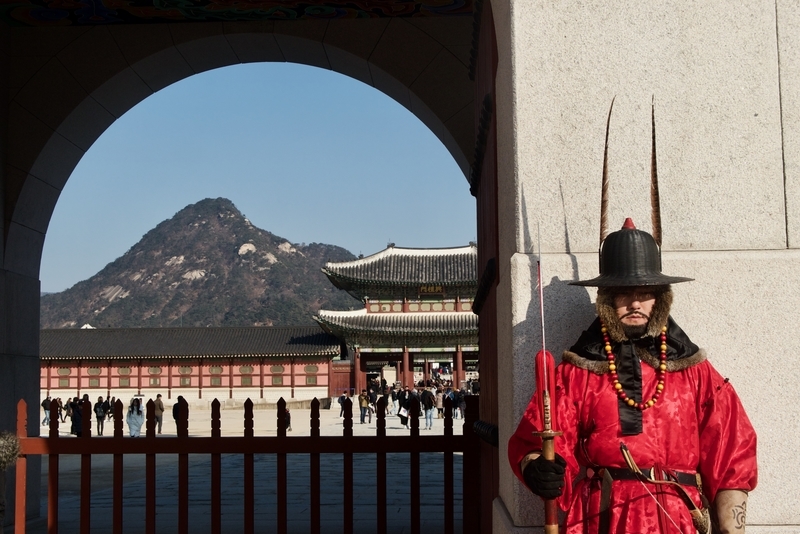
The Gyeongbokgung Palace is Seoul’s main tourist attraction, thanks to its long and storied history. The palace–one of South Korea’s most beautiful–is a UNESCO World Heritage Site and staple of just about every Seoul itinerary. Finished in 1395 during the reign of King Taejo, it is the largest of Seoul’s five grand palaces. Gyeongbokgung served as Korea’s main palace until it was burned to the ground in the 1500s.
In the 1800s, during the reign of Heungseon Daewongung, the palace was reconstructed to its former glory.
And today, the sprawling complex of over 5,000 rooms is one of the most iconic images of South Korea.
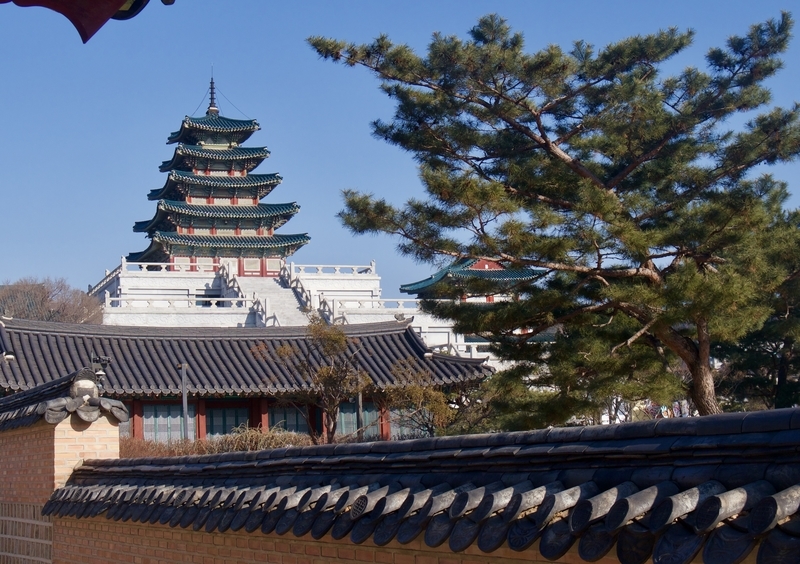
The area around Gyeongbokgung merits a full day of exploration. The temple grounds contain the National Palace Museum of Korea, the National Folk Museum and Bukchon Hanok Village—a wonderfully preserved neighborhood that dates back to the Joseon Dynasty.
-
BUKCHON HANOK VILLAGE
The traditional village consists of winding alleyways and traditional houses called hanok, that are preserved to show a 600-year-old urban environment. The neighborhood is chock full of teahouses, museums, restaurants and guesthouses. It is a wonderful place in which to wander and step back in time—especially in winter, when its streets are largely free from the tourist throngs.
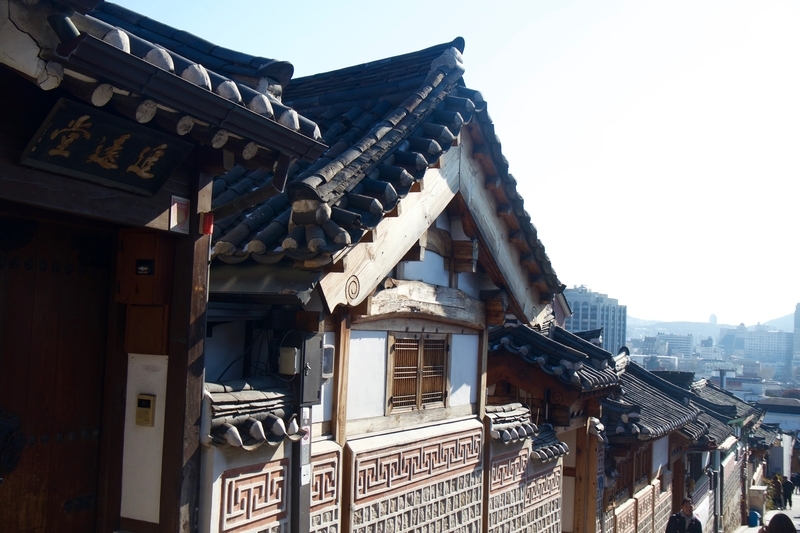
For those looking to experience the traditional side of South Korea, Bukchon Hanok Village is one of the best places to stay in Seoul.
-
INSADONG
Bukchan Hanok may be the best place to experience Korean folk culture, but Insadong is the beating heart of Seoul’s contemporary art scene. The district represents Korean culture in past and present. Its atmosphere is modern, yet traditional–in a way that I found to be reflective of the country as a whole.
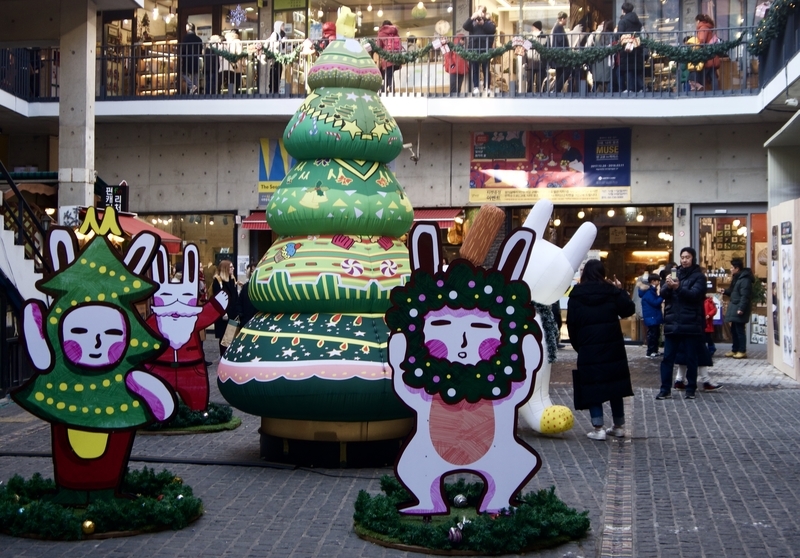
Filled with both traditional teahouses and high end shopping, this quirky vibrant neighborhood contains everything that I love about the this dynamic and historic city.
ADDITIONAL PLACES TO VISIT IN SEOUL
Our winter visit to Seoul did not include a visits to some of Seoul’s more modern attractions, since we wanted to focus our limited time on the city’s traditional heritage.
On a subsequent visit to Seoul with Dan, however, I was able to visit these three additional tourist attractions that I’ve included on Seoul’s list of must-see sights for those who have the time.
-
THE DONGDAEMUN DESIGN PLAZA
Aside from the stunning world heritage-listed palaces of Gyeongbokgung and Changdeokgung and traditional streets of Bukchan Hanok Village, the Dongdaemun Design Plaza was my favorite place to visit in Seoul.
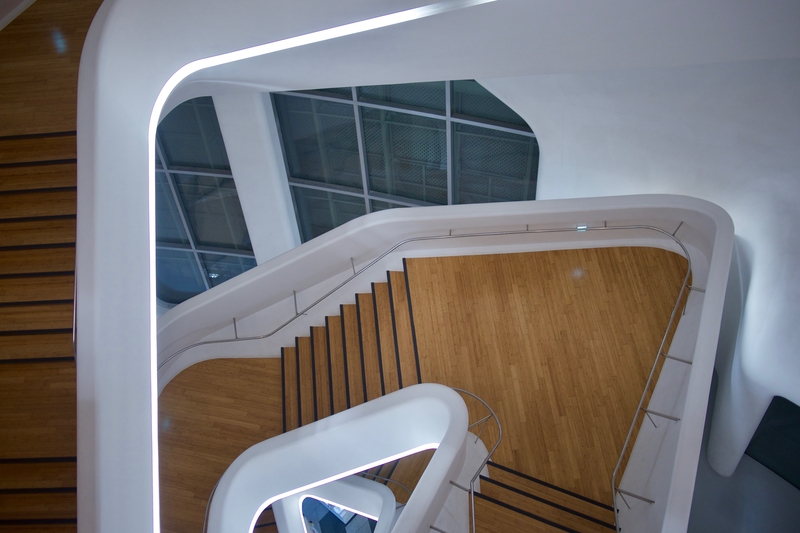
Designed by Zaha Hadid (the same British-Iraqi architect that designed the Heyder Aliyev Cultural Center in Baku Azerbaijan)—the plaza is an ingenious masterpiece of modern architecture.
-
MYEONGDONG
While Isadong is the place to go for art and souvenirs, Myeongdong is one of Seoul’s most popular shopping destinations.
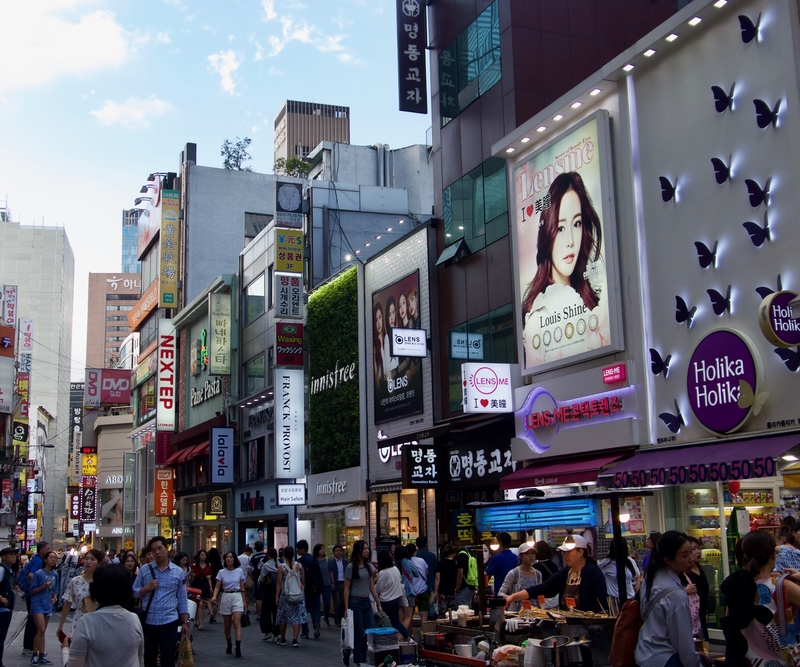
The Myeongdong Shopping District boasts flashy billboards and a dizzying display of lights. Reminiscent to Dotonburi in Osaka and Shibuya in Tokyo, the district is an eclectic jumble of bright lights, trendy shops, and tantalizing street food.
In winter, I imagine it is the perfect place to dip into a store, take a break from the cold, and buy a face mask (or three).
****
Though I recommend visiting South Korea when the weather is warmer, there is something serenely beautiful about visiting Seoul in winter—when a dusting of white snow blankets the temples. I had the sites largely to myself. Few other tourist roamed around the temple grounds, and tour groups were largely absent.
I left Korea with plenty of things on my Seoul to-do list. Next time, I hope to hike into the surrounding mountains, discover traditional villages and take a day tour to the DMZ. I could have easily spent more than two days in Seoul, but I know I’ll be back.
Because after spending two wonderful winter days in Seoul, I’m sure of two things: that the city merits more than just a passing glance, and that I’ll enjoy Seoul even more when I’m not so preoccupied with keeping warm.
